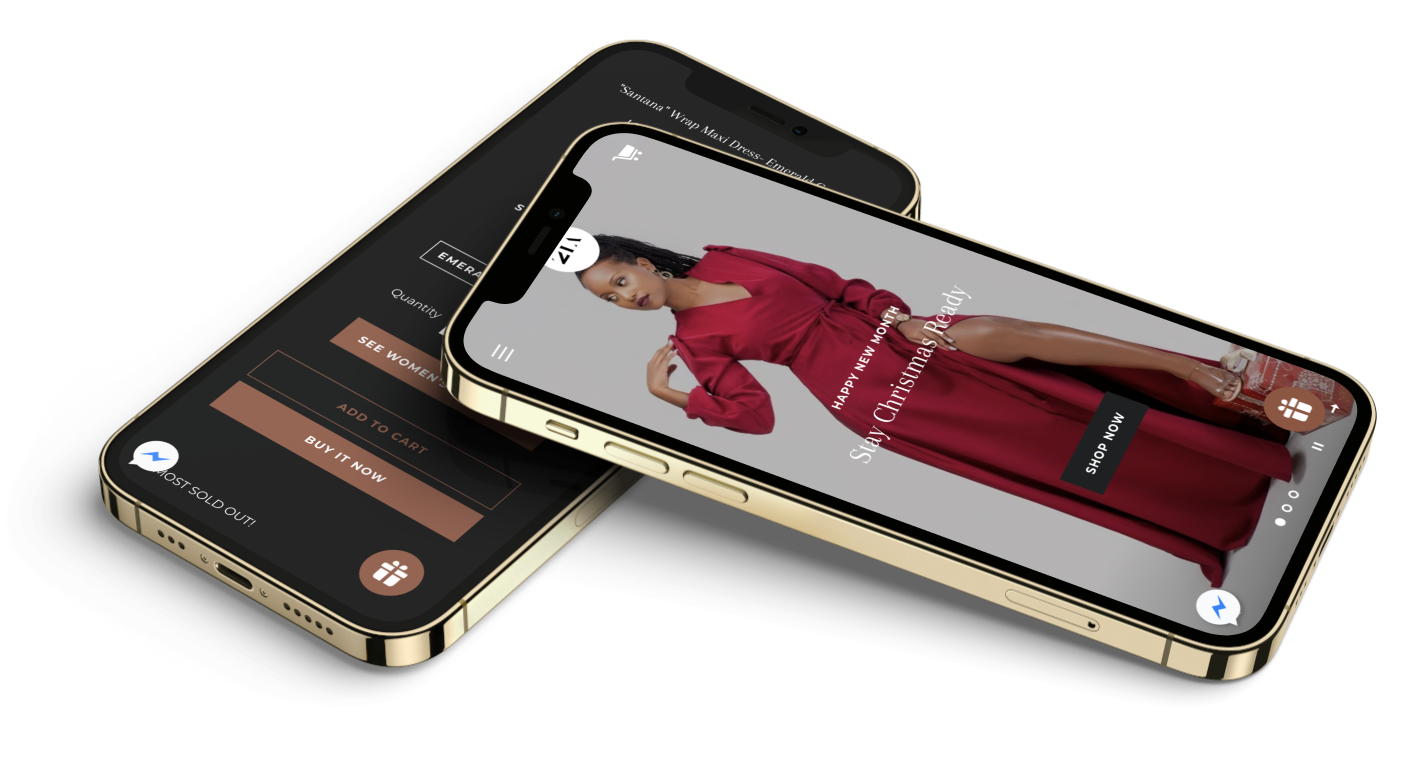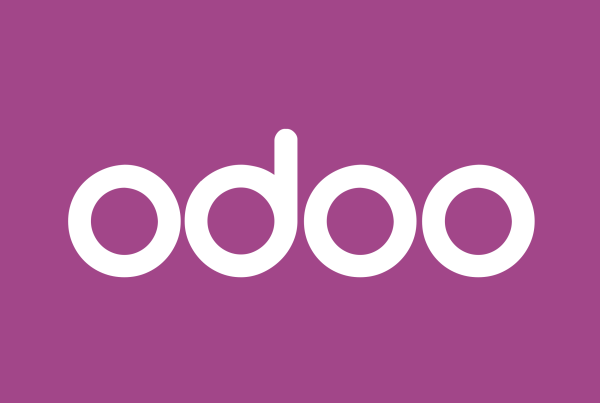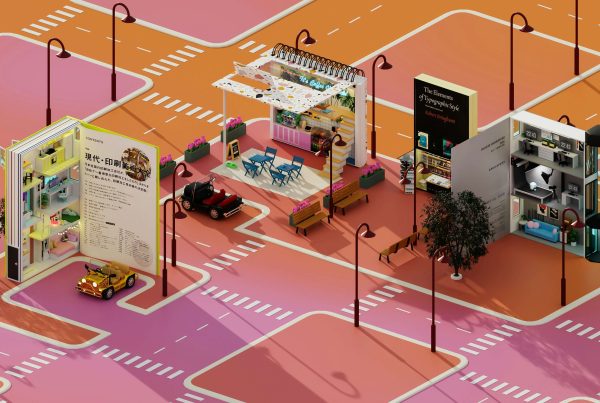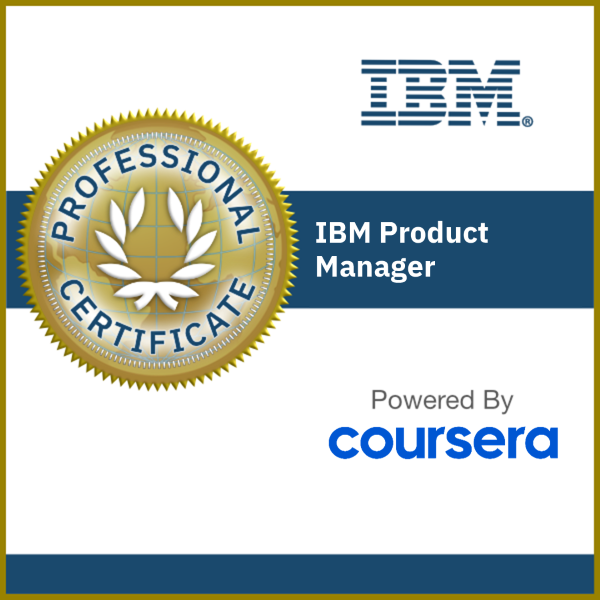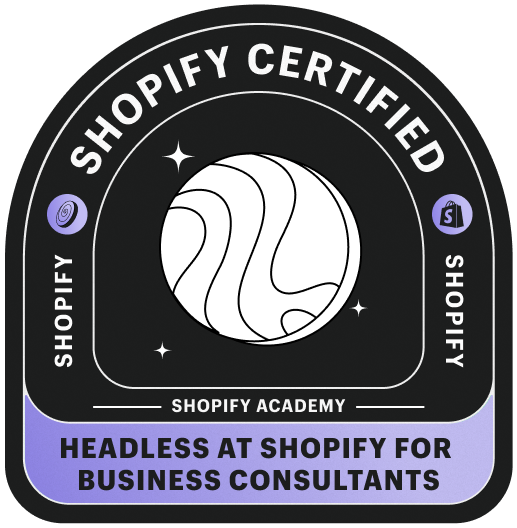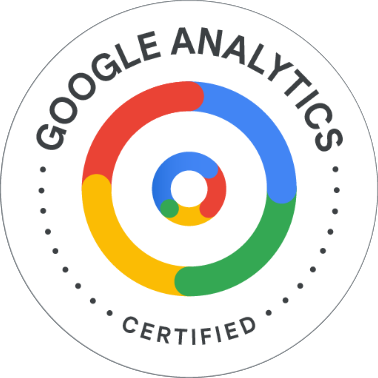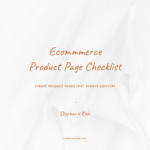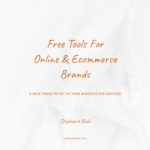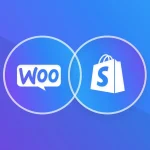This article was inspired by a recent discussion I had with a business owner about their website’s ideal customer. Up until that point, their branding, product listing, and visual style had been figured out.
The only thing left was choosing a specific visual & language direction to go with in their website design process, so that their website could speak personally to their ideal customer. This was the first speedbump. It quickly became clear that choosing a customer to focus on was not only a design problem, but also a business problem.
If you want to grow a successful business, you’ll need to zone in on exactly who your product is for. You can’t serve everyone.
Your target audience may also not be about just one group. Your business may well have a primary target market — but also a secondary one, too, which has the potential to grow.
You have to be more adaptable to your customers, but that doesn’t mean saying ‘yes’ to everything. Think about the quality of every opportunity to serve someone – every good ‘no’ frees up time for a better ‘yes’.
Start here – Who is your ideal customer?
Forget about age, location, gender and other typical demographic data. Think about their goals, problems and fears.
What kind of customer are you looking to serve? When you know exactly who you’re talking to, you’ll know if you’re currently serving the right customers online and on your socials. Then, you can create a message that speaks directly to them.
Defining your target market accurately will help you improve the product or service itself. Clearly outlining your niche will also have a huge influence on other aspects of your business, such as distribution, pricing and exactly how you’ll go about promoting your business.
For example, Tubike creates experiences for new bike adventurers
Tubike partnered with Lets Drift to create cycling trips for adventurers who needed something different from hiking and camping. They wanted to serve a community of people who wanted to start cycling or improve their skills, and had an interest in exploring mountain biking as a potential hobby.
View this post on Instagram
Tubike’s unique point of view was offering an authentic experience of friendship, family and openness with their customers, something that medium and large travel companies find difficult to provide to typical travel groups. They also wanted to help their customers feel supported to explore cycling before investing into it as a part of their lifestyle.
Loyalty matters in building a specific niche
With a narrow customer base, you’ll be able to tap directly into the interests of your customers, meaning you’ll be able to aim for brand loyalty. This will help your customers feel that you know their needs, and you care about helping them fulfil them.
The key takeaway: When you understand your customers’ goals, problems and fears, you will know exactly who you’re talking to.
